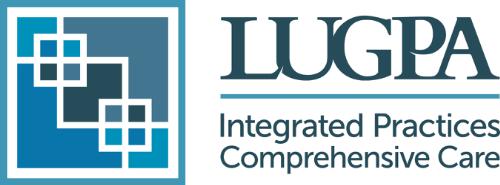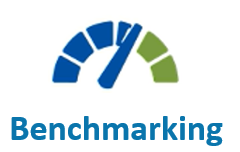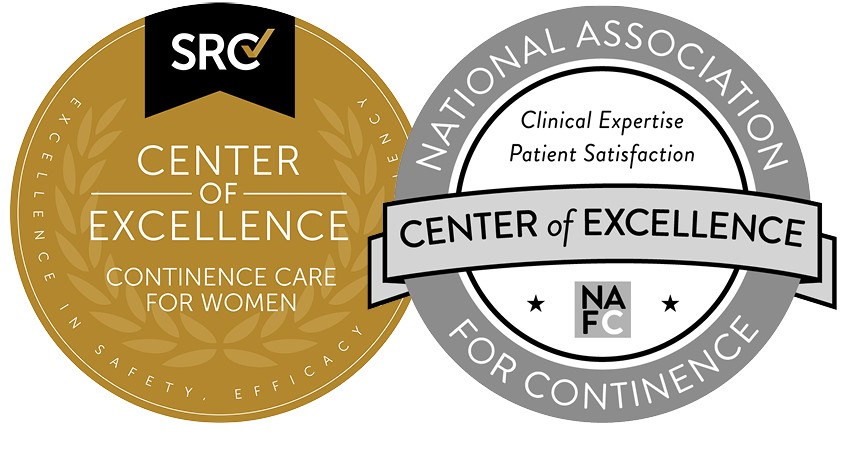Resolving the Credit Balance ConundrumApril 2021 According to the Healthcare Financial Management Association (HFMA) the typical credit balance of a practice is composed of:
55% Incorrect posting of allowances 35% Duplicate payments and overpayment by patients and payers 10% Mis-postings. Credit balances place a burden on a practice since it takes time and staff hours to resolve the balance, and other costly risks such as audits, fraud, misstated profits, wasted labor and processing costs, lost billing opportunities and negative publicity. To reduce credit balances, the revenue cycle manager or other designated person should review the following billing and accounting components and ensure that:
Practices should establish policies and standardized procedures to review and resolve credit balances. A review of the credit balance report, identifying outstanding patient and insurance refund checks, that have not cleared the practice’s bank account in over sixty-days, and follow-up with patients and insurance companies to change a mailing address and re-issue a refund check are common credit balance procedures. Benchmarks can also guide a practice to resolve credit balances. For example, a practice may establish that credit balances should be less than one day of net revenue. Routine review of credit balances should be a part of the revenue cycle management process and will help avoid being audited, and other financial risks such as Medicare penalties. It is also important for the practice manager to understand the state laws and carrier contract guidelines associated with returning overpayment funds to carriers and patients. Under the Affordable Care Act (ACA), healthcare providers are required, by law, to report and return Medicare and Medicaid overpayments within 60 days of the credit balance’s identification. Failure to comply puts the provider at risk of potential prosecution for fraud under the False Claims Act. It is not only Medicare credit balances that pose a risk to healthcare practices. Patient and commercial payer credit balances can also put the practice at risk, even with provider compliance programs in place. All 50 states as well as several U.S. territories have unclaimed property reporting requirements that include credit balance accounts and outstanding refunds. CMS requires the process of reporting and repaying Medicare overpayments be done on a quarterly basis. CMS requires providers to include any known credit balances in its Medicare Credit Balance Report (Form CMS-838). The provider must submit this report, along with a full payback of the overpayments, to CMS quarterly. LUGPA strives to provide resources that can help every practice be successful. Participating in the LUGPA benchmarking program and using the InfoDive® tool can help you measure and track productivity, financial and quality metrics against benchmark data at the practice, provider and patient levels. Further information on the LUGA benchmarking program can be found here. If your practice needs further assistance with performance improvement, please see how LUGPAOnsite can help you. |





